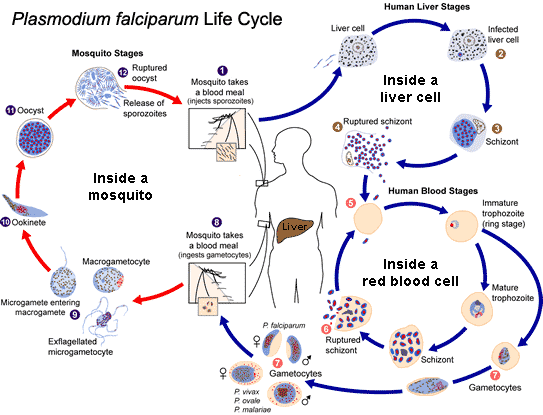The concept of greenhouse gasses leading to man-made global warming has existed in the consciousness of some for many years, and the debate grew in intensity and evidence in the 1990s. In the United States, public awareness of global warming reached its peak in 2006 with the release of the controversial documentary
An Inconvenient Truth, which chronicles former Vice President Al Gore's crusade to educate the public about the dangers and man-made nature of the climate change we are experiencing.
While the initial debate focused on whether or not the world was experiencing a significant warming, today it has more to do with whether or not it is attributable to human interference. Estimates put the rise in the global surface temperature at 0.6 degrees Celsius, plus or minus 0.2 degrees. While this does not seem like much, the following infographic depicts how much damage even a small amount of warming can cause:
While most people will at this point agree that the earth is in fact experiencing a significant period of warming, many attribute this warming to the natural cycle of warming and cooler that the earth experiences over time. The majority of the scientific community, however, believes that this change can be attributed to the effect of greenhouse gasses in the atmosphere, which hold heat in. These experts make their case by graphing the increase in carbon dioxide (a greenhouse gas) emissions against warming trends. The result looks something like this:
While the media presents the issue as an extremely contentious one, the scientific community, with a few notable exceptions (hi Dr. Rood!), seem to believe that at least some of the warming we have experienced can be attributed to human factors. The following graphic displays the results of several different studies about opinions of global warming in the scientific community:
Ultimately, it is difficult to know exactly how much of the warming we are experiencing is attributable to human factors, and how much is part of a natural temperature cycle. However, we can all agree that whether or not humans contributed to the causes of warming, humans will suffer the consequences. It is important that rather than investing our time in ad hominem attacks against those who believe differently than us, we focus on preparing our world, especially in the underdeveloped regions that are likely to experience the brunt of climate change's most negative effects, for the changes that are occurring.
Finally, because this is a contentious issue which often makes people uncomfortable or angry, I leave you on a lighter note. Here is the definitive proof of global warming!















